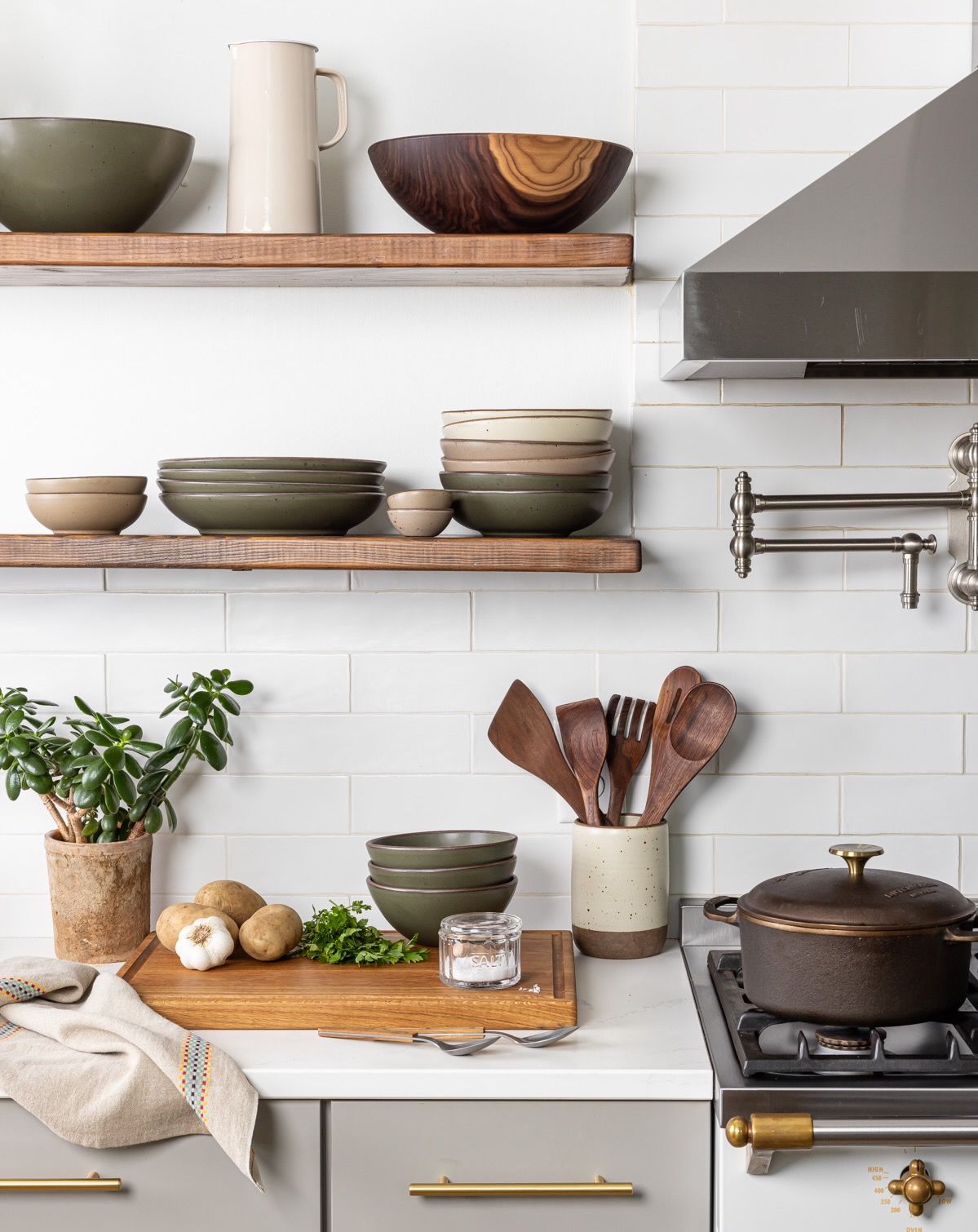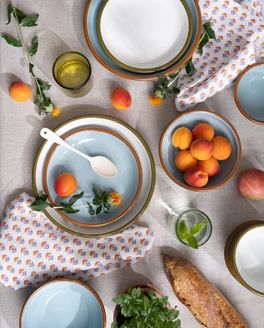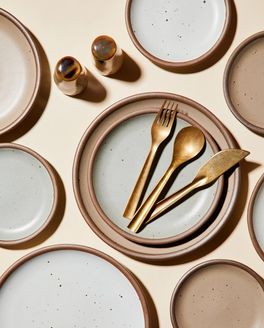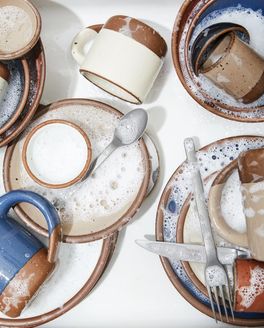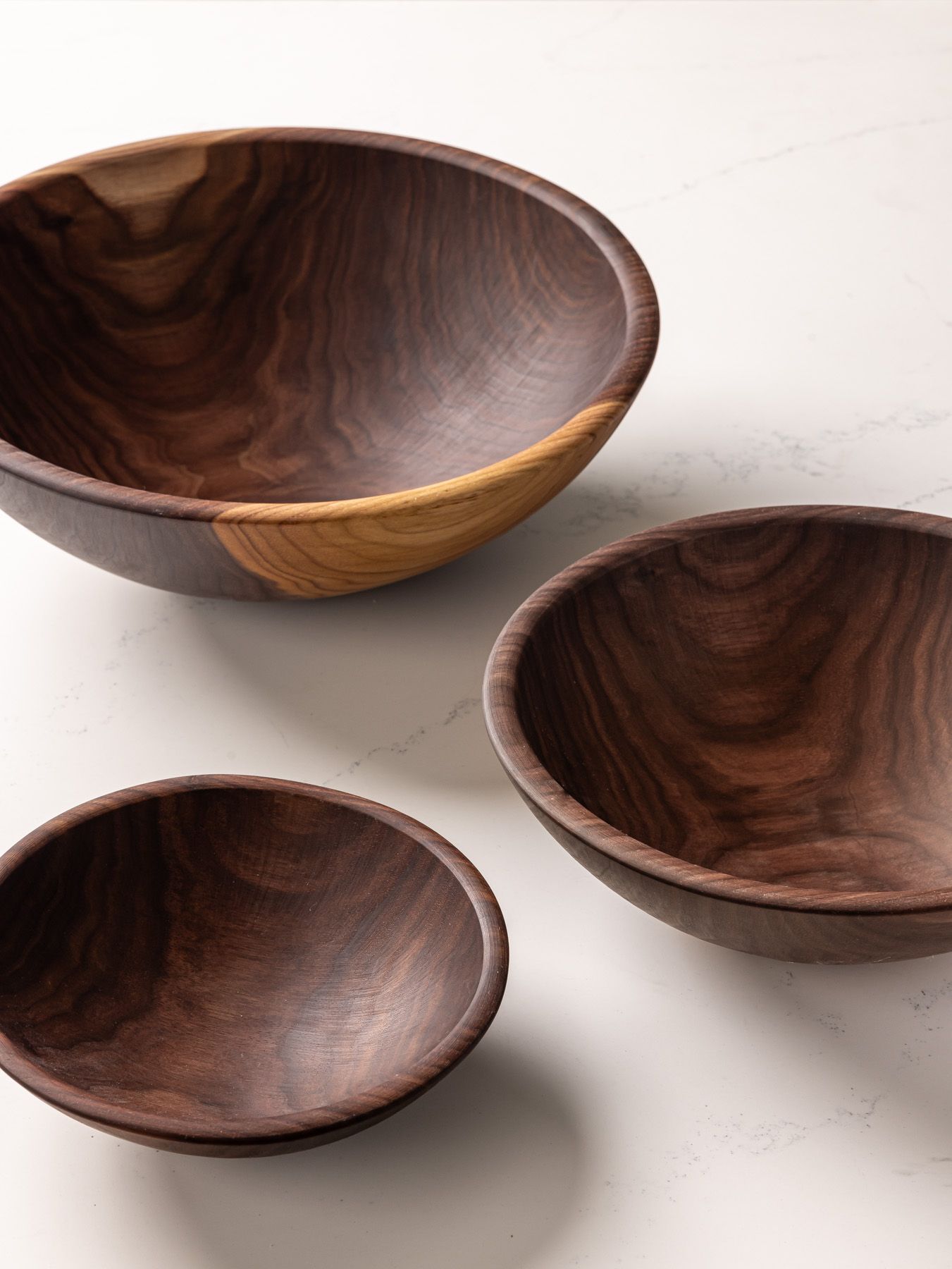
Caring for Wood
Wood has been feeding us for thousands of years. Long before stainless steel or silicone showed up, cooks reached for wooden spoons, bowls and cutting boards because wood just works. It's naturally antimicrobial, gentle on knives and only gets better with age.
Our wooden bowls, serving sets, ladles and tongs are made to be used hard and loved well. They're not delicate objects meant to sit untouched on a shelf. They're tools, built for tossing salads, serving pasta and bringing a little extra joy to the act of making a meal. We love them for everything from weekday lunches to outdoor dinners under the stars. Now, here's how to keep them in good shape for the long haul.
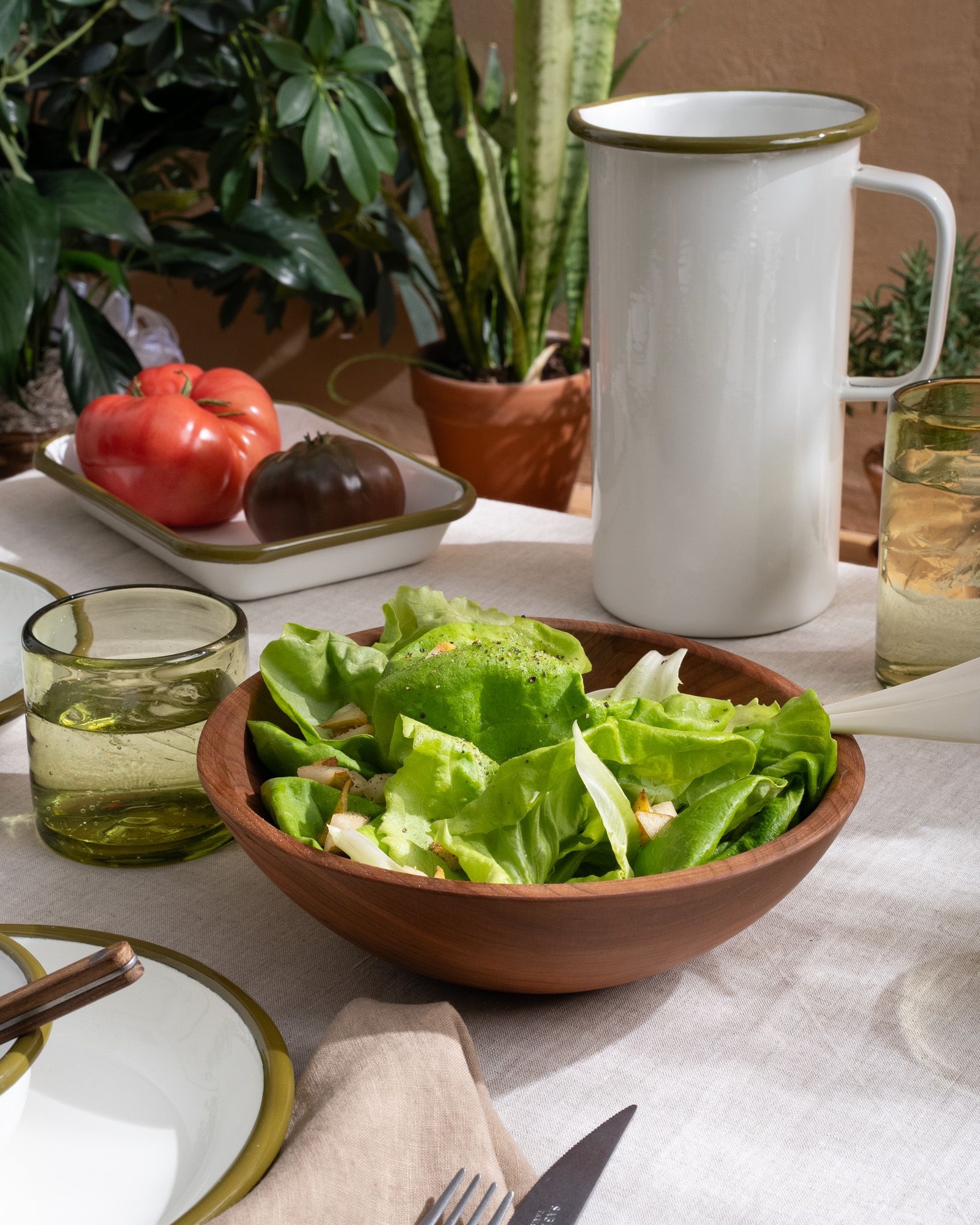
Daily Cleaning: Keep It Simple
Yes, you can use soap. Despite what your grandmother might have told you, a little dish soap won't hurt your wooden bowls. Just don't go overboard.
Here's the routine: warm water, a drop of dish soap and a soft sponge or cloth. Give them a gentle scrub, rinse well and dry immediately with a clean towel. Don't let them air dry—wood doesn't like sitting in water or staying damp for long.
Skip the dishwasher. The high heat and prolonged soaking can lead to warping and cracks. Hand washing takes thirty seconds and we think it’s well worth it.
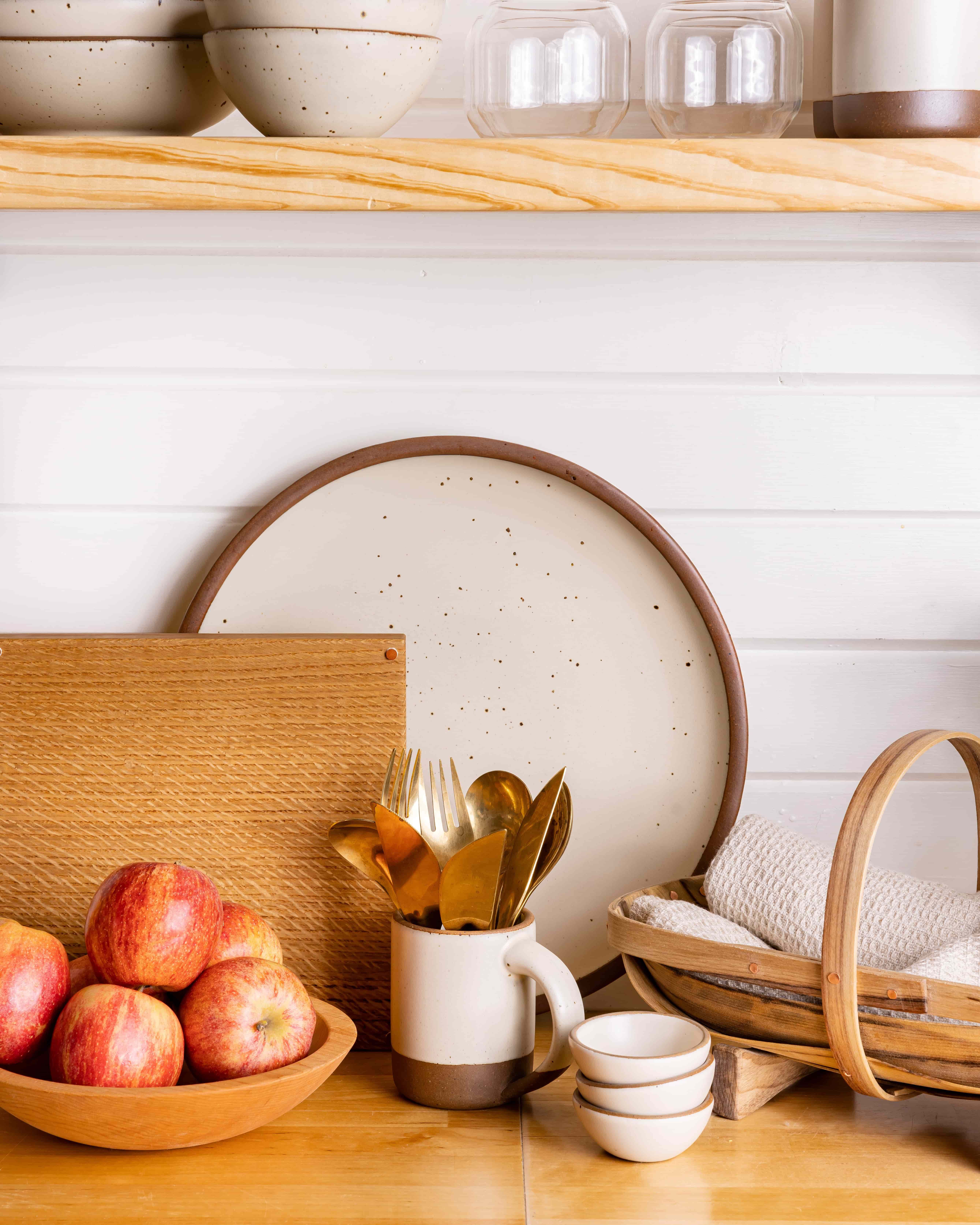
Care Routine
Think of oiling your wooden pieces as moisturizing your skin after a long bath—not something you do every day, but essential when things start feeling a little dry or rough.
What oils to use: Food-grade mineral oil is your best bet. It's flavorless, odorless and won't go rancid like some other oils might. Even better, you can find it at most grocery or hardware stores. Some people swear by specialized wood conditioners that blend mineral oil with beeswax, and those work great too.
How to apply: Clean your wooden wares first, then let them dry completely. Pour a small amount of oil onto a clean cloth (not directly onto the wood) and rub it in, following the grain. Let it sit for about 10 minutes, then wipe off any excess with a dry cloth. The wood should look refreshed, not slick.
How often: Every few weeks if you use them regularly. Your wood will tell you when it needs attention—it'll start looking dull or feeling rough to the touch.
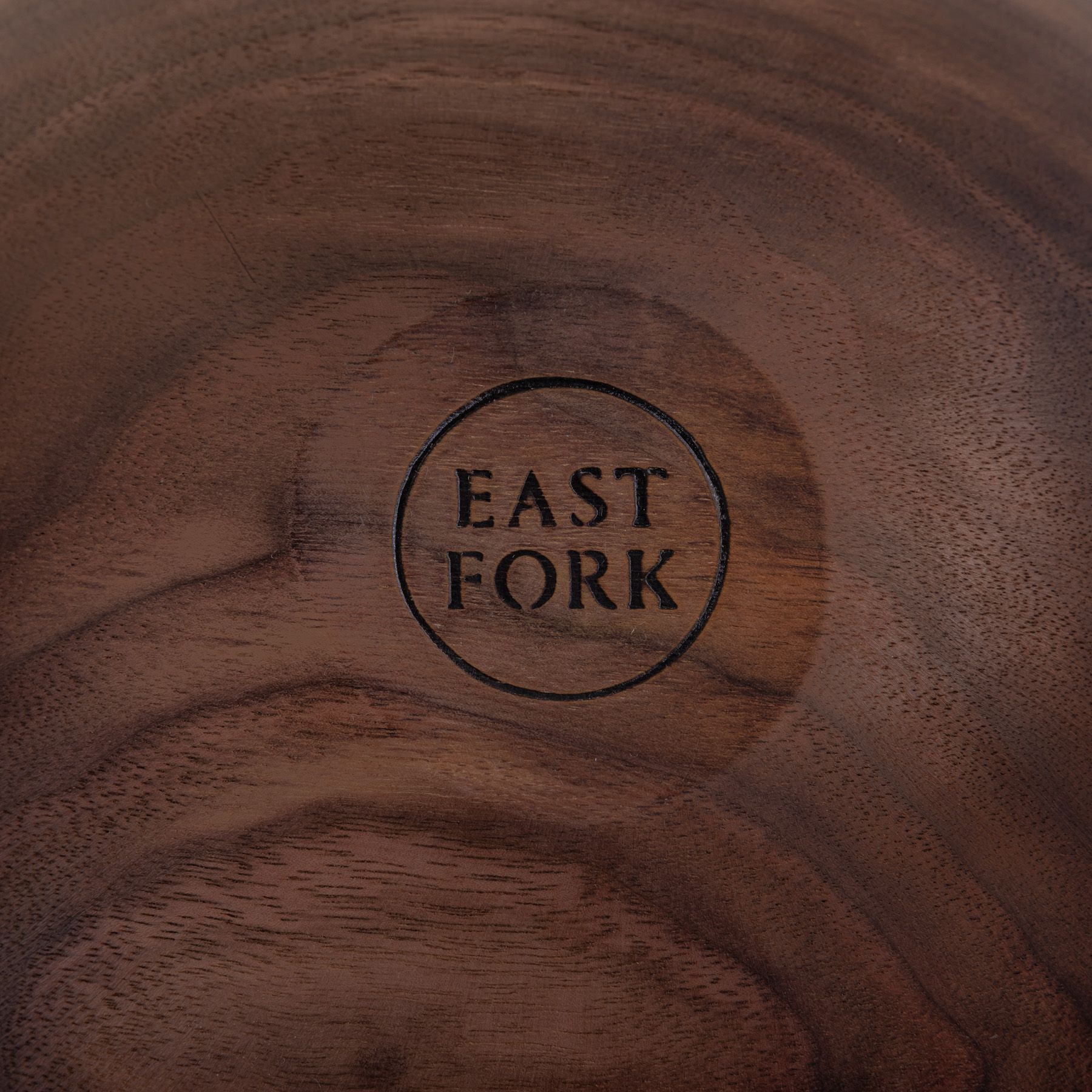
How to Make Them Last
Don't use wooden bowls for piping hot foods fresh off the stove and definitely don't put them in the oven or microwave. A quick wash is fine, but try to avoid letting them sit submerged in the sink for hours. Skip the bleach, harsh detergents or anything abrasive. Wood is tougher than you might think, but it doesn't need that kind of treatment.
Have a stain you can’t seem to wash out? Mix baking soda with a little water to make a paste. Rub it gently into the stain, let it sit for a few minutes, then rinse and dry. As for odors, cut a lemon in half and rub it over the surface, then sprinkle with coarse salt. Let it sit for 10 minutes, scrub gently, rinse and dry.
If your bowl gets a really deep scratch you can try sanding it out with fine-grit sandpaper, but honestly? Our best advice is to learn to love them. They're proof your tools are working.
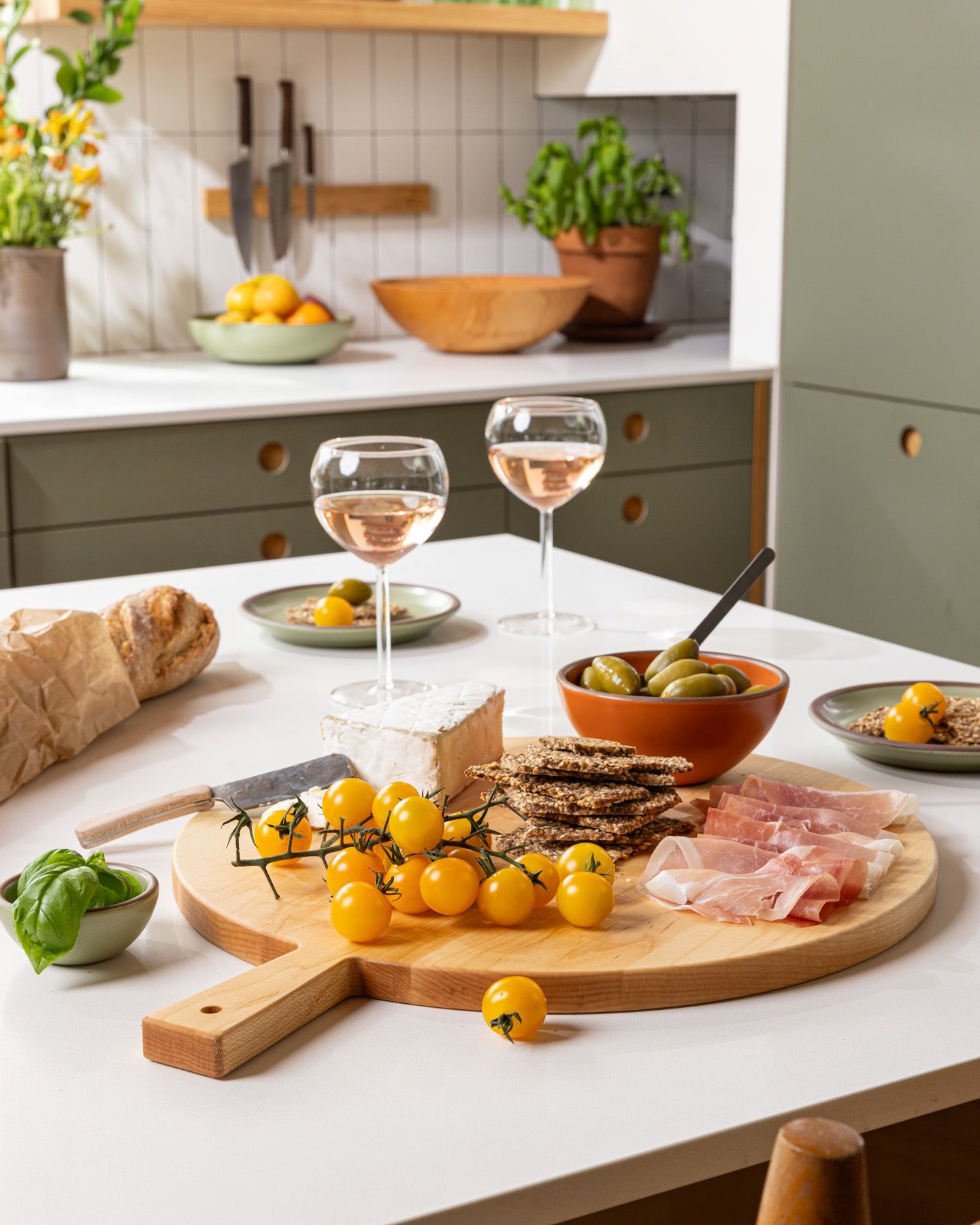
Here's the thing about wooden kitchen tools: they're supposed to show their age. Those little nicks, the way the grain becomes more pronounced, the gentle darkening that happens with use—that's not damage, that's character. Your wooden bowls and utensils will develop a patina over time, especially around the rim and handle where your hands touch them most. The surface will become smoother, almost burnished. This is wood doing what wood does best: adapting, wearing in and becoming more itself. Don't sand out every little mark or try to keep them looking factory-fresh. A wooden ware that's been well-used is a beautiful thing.
